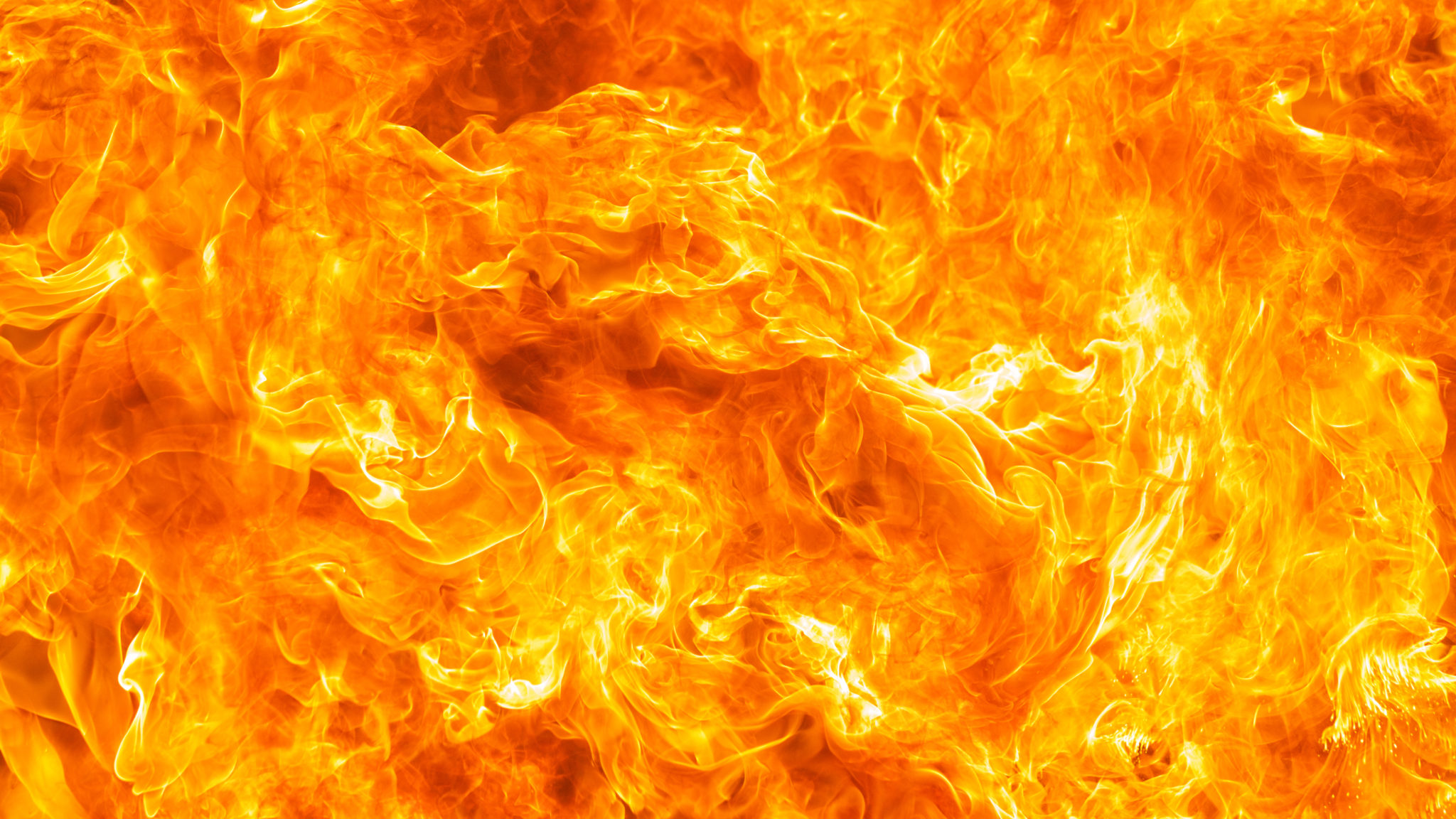
 The Cocoanut Grove was a popular nightclub in Boston, MA where young people went to celebrate special occasions with friends. The building was created from an agglomeration of buildings comprising a one-story structure with a basement lounge covering half a city block.
The Cocoanut Grove was a popular nightclub in Boston, MA where young people went to celebrate special occasions with friends. The building was created from an agglomeration of buildings comprising a one-story structure with a basement lounge covering half a city block.
Many issues contributed to the significant loss of life in this fire. The interior decorations and interior finishes on the walls and ceilings, such as the imitation cocoanut palm trees and the light fixtures made from cocoanut shells, were all meant to portray a scenic island paradise. Unfortunately, these decorations and interior finishes were combustible and contributed to the rapid spread of fire throughout the building.
The nightclub was significantly overcrowded, exceeding safe occupancy limits. Many exits were locked, blocked, or concealed and there was no emergency lighting. The main entrance was a revolving door without standard swinging doors immediately adjacent.
On November 28, 1942, the Cocoanut Grove nightclub was packed with people after the Boston College-Holy Cross football game. The Melody Lounge was a small 35’ X 35’ room on the basement level, that was dimly lit with a crowded array of tables, chairs, and small sofas crammed into the room to accommodate as many people as possible. Some reports indicated there may have been as many as 400 people in the small basement room at the time of the fire.
At approximately 10:15 PM, the head barman for the Melody Lounge noticed the light in one the imitation palm trees was not working and asked 16-year old bar helper (Stanley) to get the light working again. Stanley looked into the darkened tree for the loose light bulb, but he couldn’t find it. To get a better view he stood on a bar stool and lit a match, searching the tree until he found the loosened light bulb. He tightened it with one hand while still holding the lit match in the other hand. Once the bulb was tightened and illuminated again, he blew out the match and stepped off the stool, dropping the extinguished match to the floor before stepping on it. Some believe the fire in the palm tree was initiated by the lit match in Stanley’s hand, while others believe the ignition source was electrical in nature.
As Stanley walked back to the bar, someone shouted that there was a fire in the palm tree. Stanley returned to the tree and tried to keep the fire from spreading to the wall and ceiling to no avail. The fire spread to the fabric-covered ceiling then spread rapidly across the ceiling to the staircase that was the only entrance and exit known to most patrons in the Melody Lounge. The fire spread from the top of the stairs to the main floor where there were 700-800 customers and employees serving and enjoying dinner and drinks.
Panicked customers ran for the exits, but many exits were locked, blocked, or hidden. In the chaos, fallen patrons blocked the stairway from the Melody Lounge and the main revolving entrance door, which became jammed with people trying to escape the blazing inferno. In 8-12 minutes from the moment the fire started, the terrible fate of 492 people was sealed.
Virtually all the issues that contributed to the significant loss of life in this fire were already addressed in NFPA’s 1942 edition of the Building Exits Code, but the code had not been widely adopted before this fire.
The first edition of the NFPA Building Exits Code was written in 1927, born from the lessons learned in the Iroquois Theatre fire about locked, blocked, and hidden exits. After the Cocoanut Grove fire, the NFPA Building Exits Code was adopted in many jurisdictions in reaction to the horrific fire and tragic loss of life.
Sadly, the urgency to prevent a reoccurrence diminishes over time, and the Cocoanut Grove fire once again underscored the importance of adopting and enforcing code requirements for fire life safety in buildings.
Source Material:
- Grant, C. Last Dance at the Cocoanut Grove, NFPA Journal, November/December 2007, pp. 46-71.
- Case Histories: Fires Influencing the Life Safety Code, NFPA 101 Handbook, 2009, pp. 1147-1159. Teague, P.
- Schorow, Stephanie. The Cocoanut Grove fire. Commonwealth Editions, 2005.
- Esposito, John C. Fire in the Grove: The Tragedy of Boston’s Cocoanut Grove Fire. Da Capo, 2006.
- Cocoanut Grove Fire Memorial Site
Check back next week for the conclusion to our five-part historic fire blog series.

